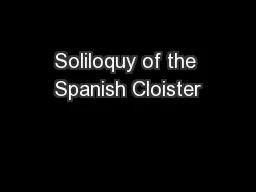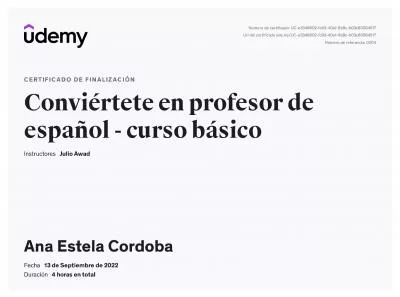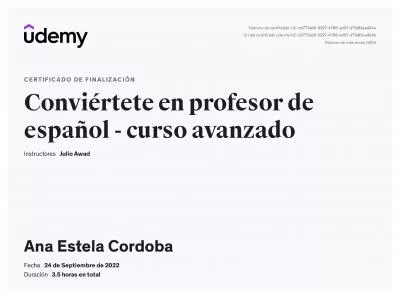PPT-Soliloquy of the Spanish Cloister
Author : faustina-dinatale | Published Date : 2016-03-03
What do we know about this poem What does the title tell us First Reading In whose voice is this written What is the poem about What kind of character is the persona
Presentation Embed Code
Download Presentation
Download Presentation The PPT/PDF document "Soliloquy of the Spanish Cloister" is the property of its rightful owner. Permission is granted to download and print the materials on this website for personal, non-commercial use only, and to display it on your personal computer provided you do not modify the materials and that you retain all copyright notices contained in the materials. By downloading content from our website, you accept the terms of this agreement.
Soliloquy of the Spanish Cloister: Transcript
Download Rules Of Document
"Soliloquy of the Spanish Cloister"The content belongs to its owner. You may download and print it for personal use, without modification, and keep all copyright notices. By downloading, you agree to these terms.
Related Documents












![[EBOOK] Getting Started with Spanish: Beginning Spanish for Homeschoolers and Self-Taught](https://thumbs.docslides.com/1008295/ebook-getting-started-with-spanish-beginning-spanish-for-homeschoolers-and-self-taught-students-of-any-age-homeschool-spanish-teach-yourself-spanish-learn-spanish-at-home.jpg)

